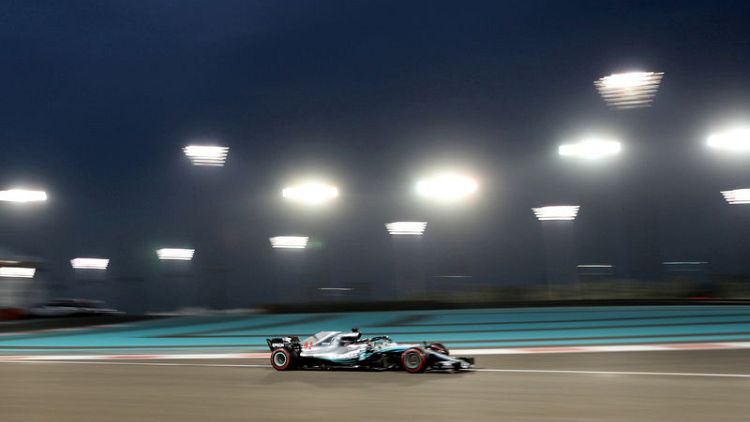LONDON (Reuters) - Payments to Formula One teams slid for the second year in a row in 2018 while the sport's revenues and operating loss grew, annual results published by commercial rights holder Liberty Media showed on Thursday.
Total payments to the 10 teams fell to $913 million (£686 million) from $919 million in 2017 and $966 million in 2016.
Although the Formula One Group reported an increase in annual revenues to $1,827 million, up $44 million from a previous $1,783 million, the operating loss grew from $37 million to $68 million.
Primary Formula One revenue from race promotion fees, broadcasting fees and advertising and sponsorship was stable despite an increase from 20 to 21 races, with other F1 revenue showing 13 percent growth.
"Race promotion revenue increased modestly primarily due to contractual increases in race promotion fees, as well as a contract amendment for one event," Liberty said.
"This contract amendment was neutral for total Primary F1 revenue.
"In addition, race promotion revenue in 2018 was impacted by the calendar variance, with the non-occurrence of the Malaysian Grand Prix in 2018 not fully offset by the return of two European races in France and Germany."
U.S.-based Liberty said advertising and sponsorship revenue had decreased for the full year.
The growth in other F1 revenue was due primarily to higher logistics revenue, digital media and TV production related revenue as well as fan engagement activities.
Liberty, who took over the sport in 2017 and ousted former commercial supremo Bernie Ecclestone, said the bigger operating loss was due mainly to increased costs as the business continued to invest.
"Cost of F1 revenue increased primarily due to logistics and travel expense, higher costs associated with providing the chassis and component parts to F2 and GP3 teams, digital media development and spend on fan engagement, which more than offset reduced team payments," it added.
(Reporting by Alan Baldwin, editing by Ed Osmond)
